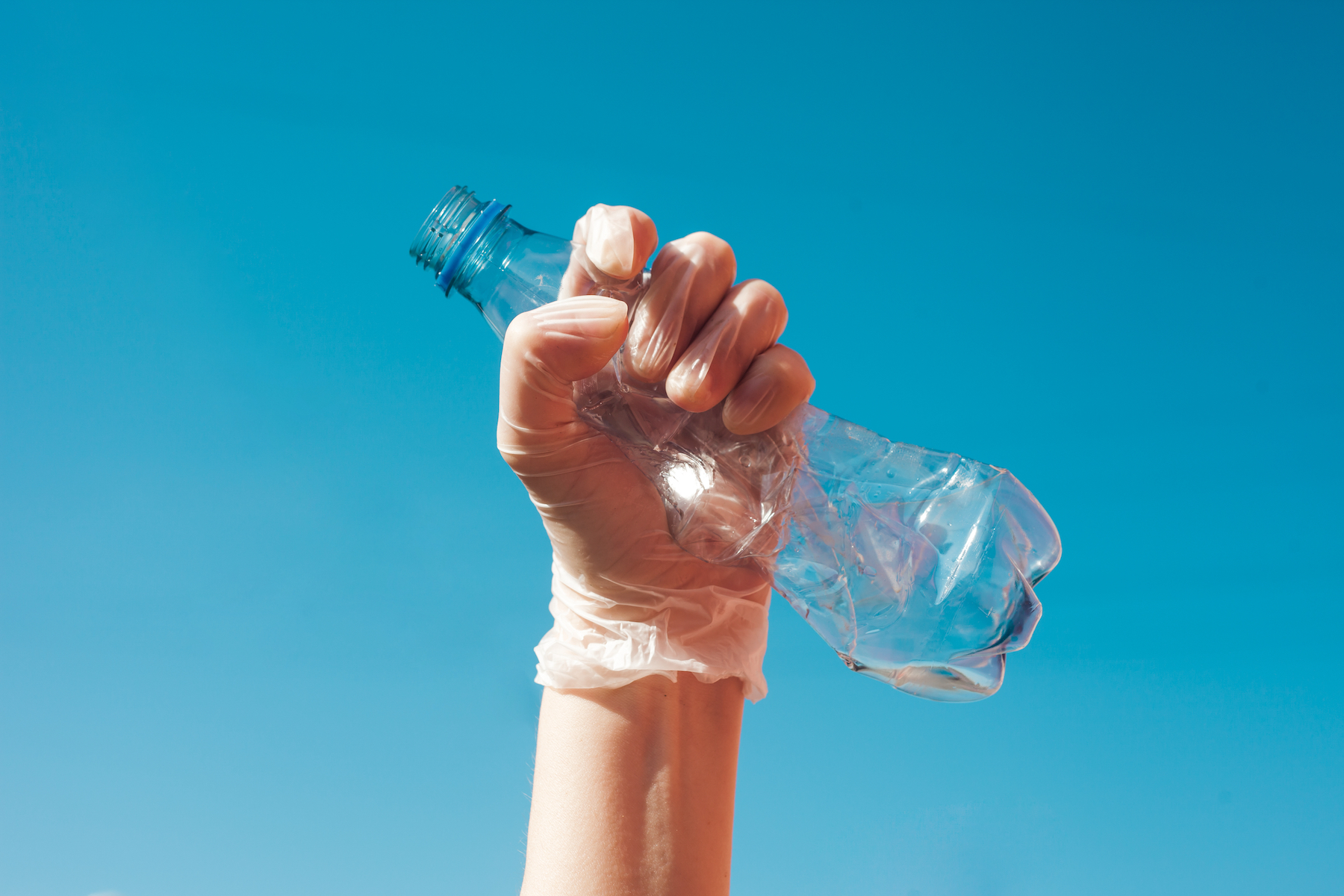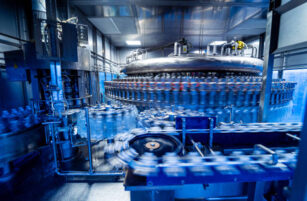- After over a decade in the making, Coca-Cola launched its next-gen PlantBottle prototype in October.
- The new bottle is produced using 100% bio-based feedstock, including plant-based paraxylene.
- Although technological advances have been made, does the PlantBottle still have a place in today’s circular economy?
Déjà Vu?
Coca-Cola has recently launched what it refers to as its next generation PlantBottle prototype.
According to Coca-Cola, the new bottle is a major milestone for the company and its sustainable packaging journey, claiming the bottle is its “first-ever beverage bottle made from 100% plant-based plastic…that has been made using technologies that are ready for commercial scale”.
Reading the latest announcement, many will be forgiven if there’s a sense of déjà vu. Haven’t we been here before? What’s different this time around? And does the new PlantBottle have a role to play within today’s sustainable world?
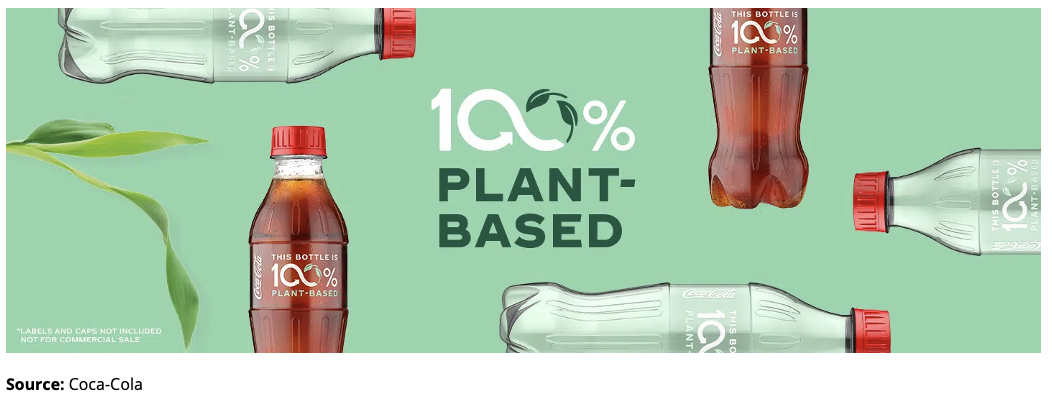
PlantBottle Retrospective
Coca-Cola’s original PlantBottle was launched back in 2009. Although the PlantBottle saw commercial success with more than 35 billion bottles distributed in nearly 40 countries, the PET resin used in its manufacture was only ever partially biobased.
The PET resin used in the manufacture of the PlantBottle was obtained from two main ingredients, monoethylene glycol (MEG) and purified terephthalic acid (PTA). Of these, only the MEG portion, which made up around 30% of the PET molecule by weight, was sourced from a bio-route.
Although, Coca-Cola explored using second-generation bio-feedstocks to produce its bio-MEG, the company, for the most part, used MEG derived from Brazilian sugarcane to make its original PlantBottle.
To make the jump to a 100% bio-based PlantBottle 2.0, Coca-Cola entered several long-term commitments with a number of different technology partners, including Gevo, Virant, and Avantium.
It was PepsiCo, though, that showcased the first 100% plant-based bottle in March 2011.
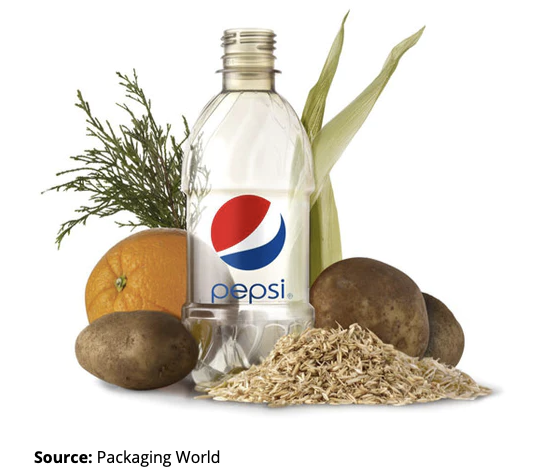
PepsiCo also claimed to use second generation bio-feedstock for its 100% plant-based bottle, including switch grass, pine bark and corn husks.
Unlike first generation sources, second generation feeds typically use non-edible agricultural biomass and thus don’t compete for food crops, and thus are superior in terms of overall sustainability. They also require no additional fertilizer, water, or land.
However, despite years of research and development, Pepsi’s breakthrough seemingly never made it past the prototype stage and into commercial production.
At the time, Coca-Cola mentioned that it had also demonstrated a 100% bio-based bottle in the lab and was working to ensure commercial viability.
It wasn’t until 2015, though, that Coca-Cola eventually showcased what would become the precursor to the latest announcement at the World Expo in Milan that year.
So, What’s Changed or Improved?
According to Coca-Cola, the technologies behind its next generation 100% plant-based bottle are ready for commercial scaling, in comparison to the smaller lab-scale demonstration in 2015.
The new prototype plant-based bottle is made from plant-based paraxylene (bPX), using a new process by Virent, whom Coca-Cola have been working with since 2011.
The bPX for this bottle, which is subsequently converted to plant-based terephthalic acid (bPTA), is still based on sugar from corn (first generation), though the process is reported to be flexible in feedstock.
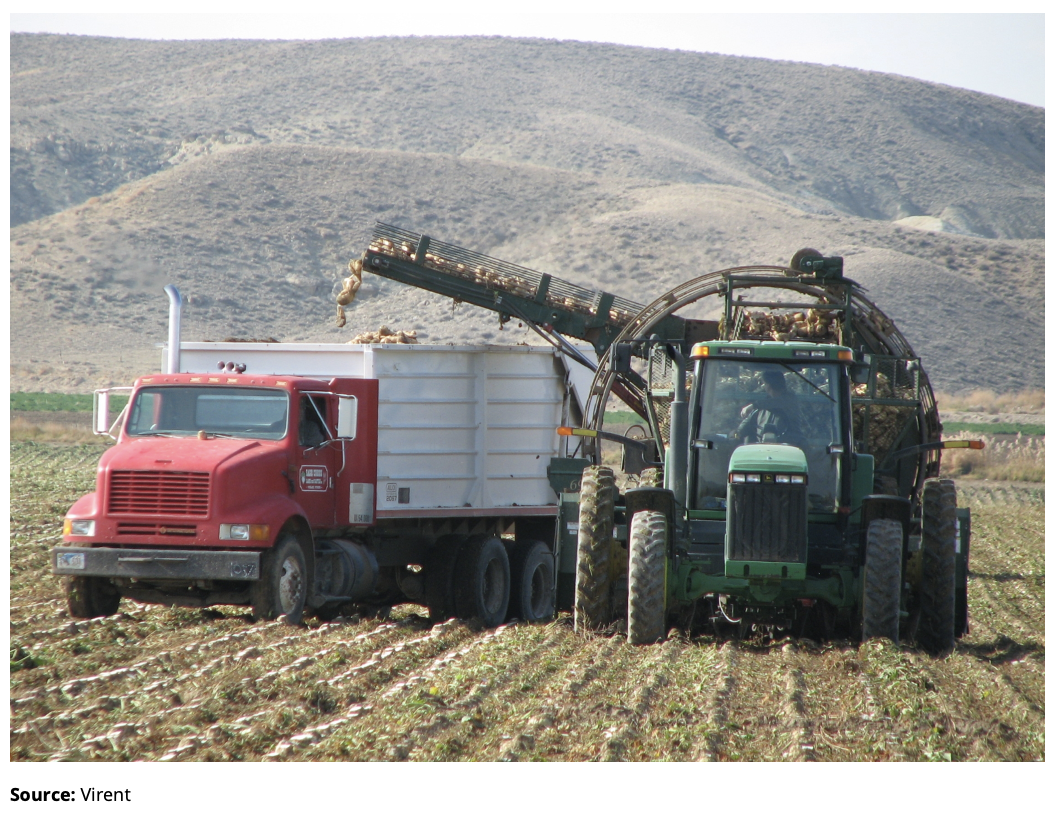
Virent has also improved the bio-MEG production process. Bio-MEG is typically produced by converting sugarcane or corn into bioethanol as an intermediate, which is subsequently converted to bioethylene glycol. The process can now take sugars from second generation biomass sources.
According to Coca-Cola’s announcement, UPM, the technology’s first licensee, is currently building a full-scale commercial facility in Germany to convert certified, sustainably sourced hardwood feedstock taken from sawmill and other wood industry side-streams to bio-MEG.
Challenges Abound…
In Europe and Japan, Coca-Cola, with its bottling partners, aims to eliminate the use of oil-based virgin PET from plastic bottles and achieve net-zero carbon emissions by 2030, by using only recycled or renewable materials. Bio-based PET forms part of this mission statement.
The new PlantBottle faces several major challenges, the first of which is scale. According to the latest announcement, just 900 bottles have been produced to date.
Although the bPX technology is supposedly scalable, the challenges of moving towards commercial production should not be underestimated, and neither should the timescale to make this happen.
In this regard, Avantium, Coca-Cola’s other bio-plastics technology partner is much closer to realising a commercial process. The company currently has three technologies at pilot and demonstration phase.
Avantium is hoping to build a flagship plant based on its YXY technology with a planned annual capacity of 5 kilotons of PEF, a bio-competitor to PET resin, slated for start-up in 2023.
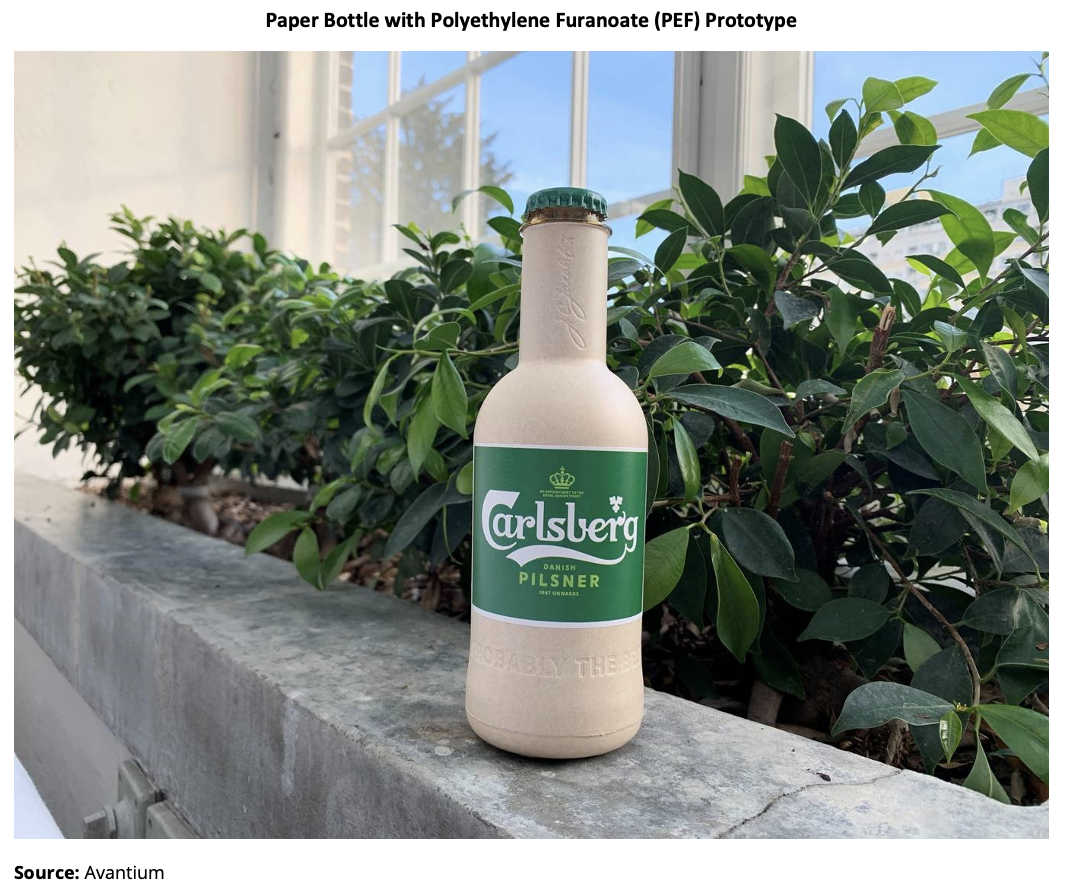
Given the timeframes already involved in taking these technologies to their current positions, even at this stage a target of having any meaningful volume of 100% bio-based PET resin on the market by 2030 seems a gargantuan task.
Even if successful, building a commercial-scale facility is one thing, making it economically viable is entirely another thing.
Many of the stated processes involved are high-cost operations. PET resin for the PlantBottle 1.0, containing only the first-generation bio-MEG component, was around 1.4 times the price of conventional PET in 2020.
Incorporation of the bPX/bPTA molecule in conjunction with a second-generation feedstock operation would push costs to many times this level.
Although a more sustainable option, second-generation biomass processes are typically very high cost often requiring sizable investment and subsidies.
Concluding Thoughts
Although technological advancements have been made, it’s unclear whether a project that started over a decade ago still has a place in today’s circular economy, or in a decade from now when commercial production may be possible.
In terms of sustainability, the bio-PET produced using Virent’s technology is molecularly identical to its counterpart made from traditional petrochemical routes.
Although claiming a significantly lower carbon footprint will be achievable, the end bottle will face the same challenges in terms of disposal and the threat of plastic pollution that an analogous oil-based bottle currently faces.
With this in mind, and with Europe being a stated target market, without the required minimum recycled content, the new bottle will face the same taxes and bans as traditional virgin plastics.
The EU’s Single-Use Plastic Directive also currently bans certain single-use plastic items where viable alternative materials can be found, with no exemption for bio-based plastics.
Therefore, even if successful in achieving commercial scale, plant-based bottle projects will have to work hard to highlight the advantages over traditional technologies to win over legislators as well as consumers.
Other Insights That May Be of Interest…
The War Against Plastics Enters its Next Stage
Czapp Explains: The Best Countries for Plastic Packaging Recycling
Changing Regulations Trigger RPET Boom in Asia
Explainers That May Be of Interest…
